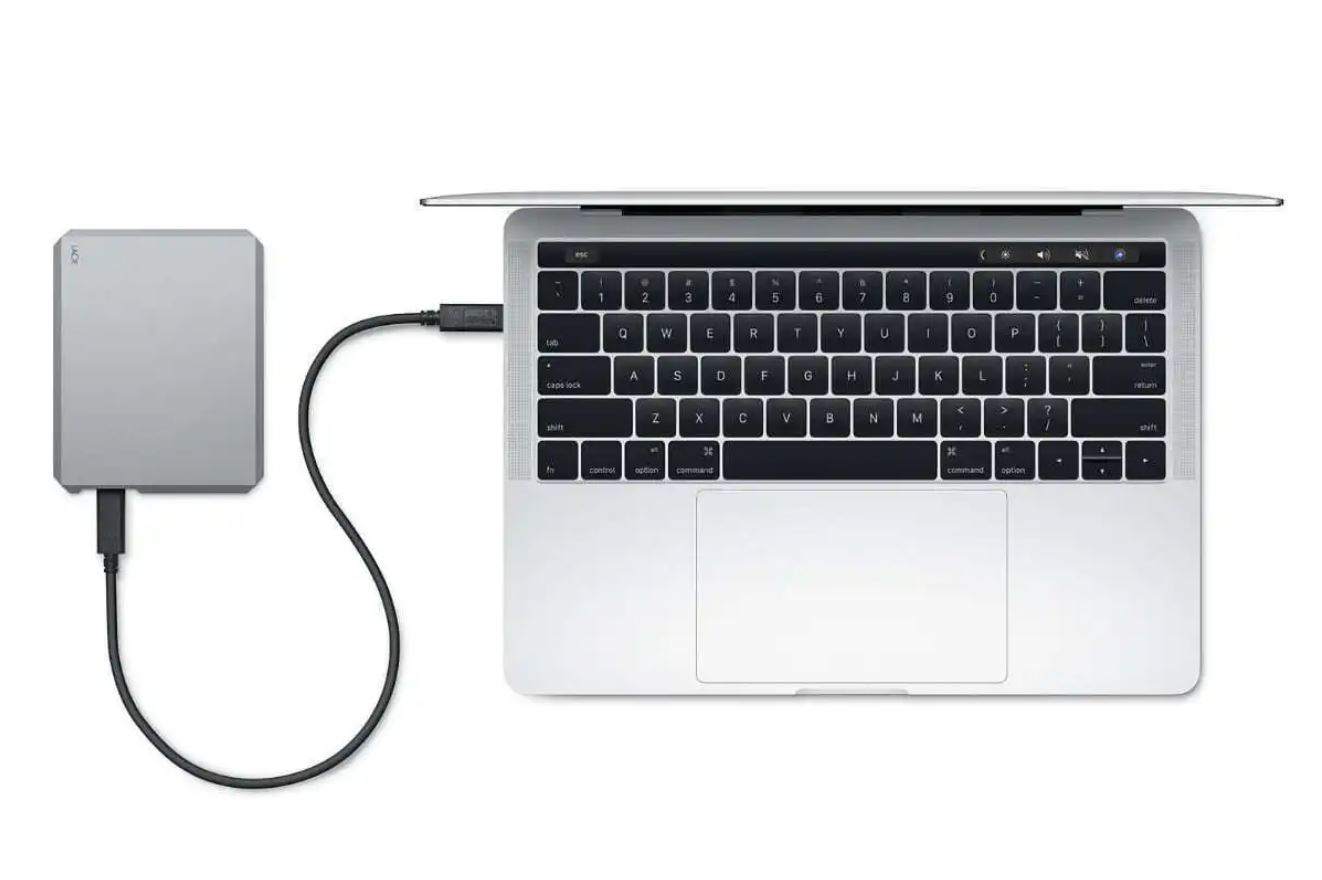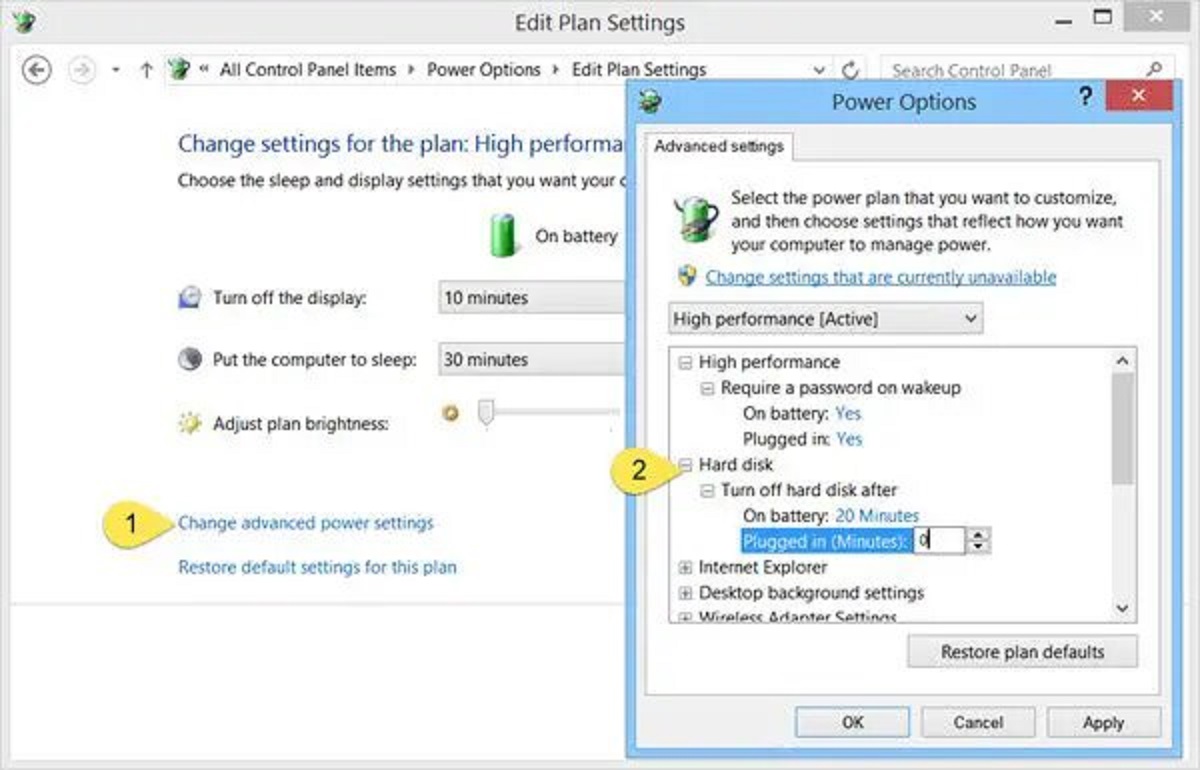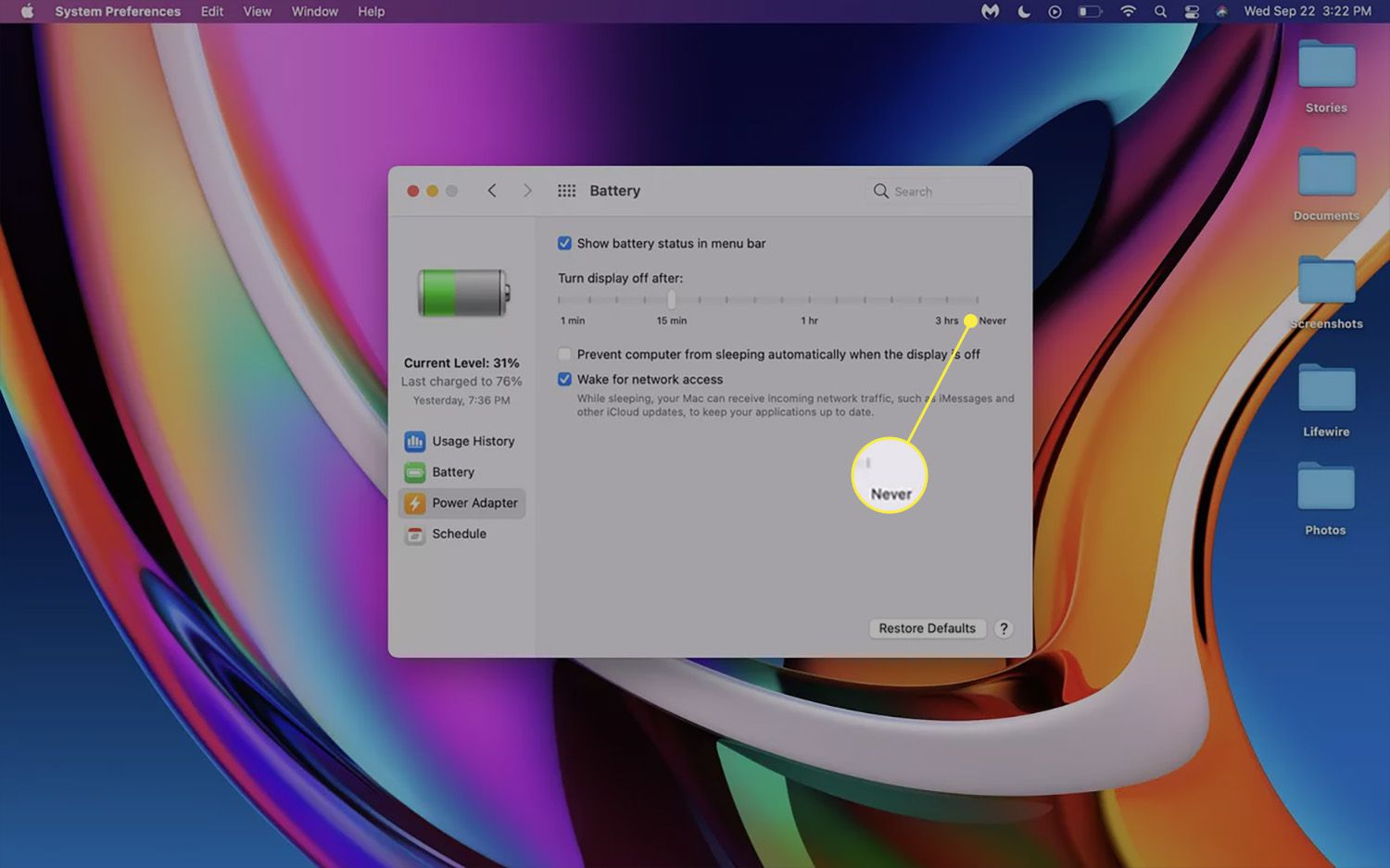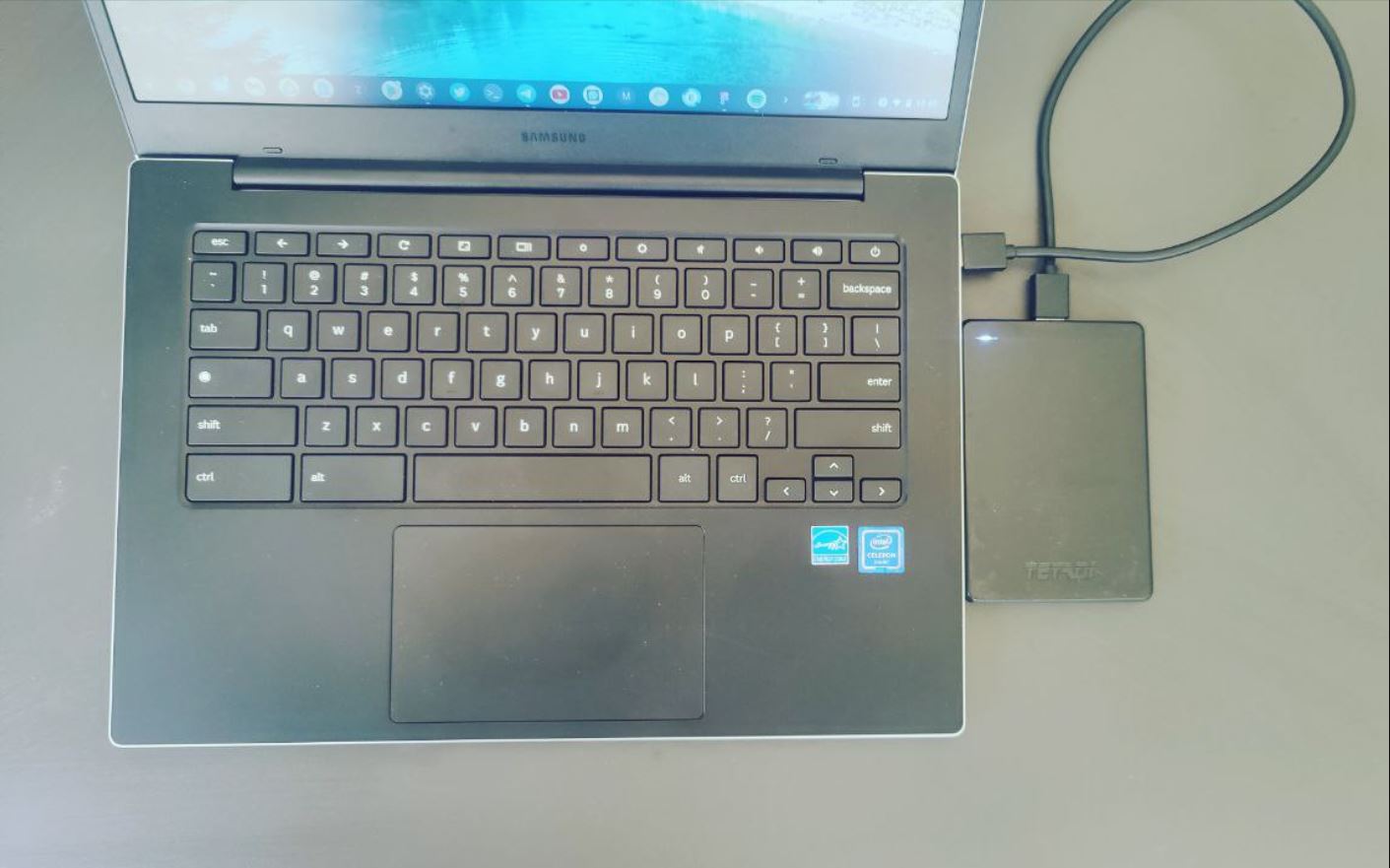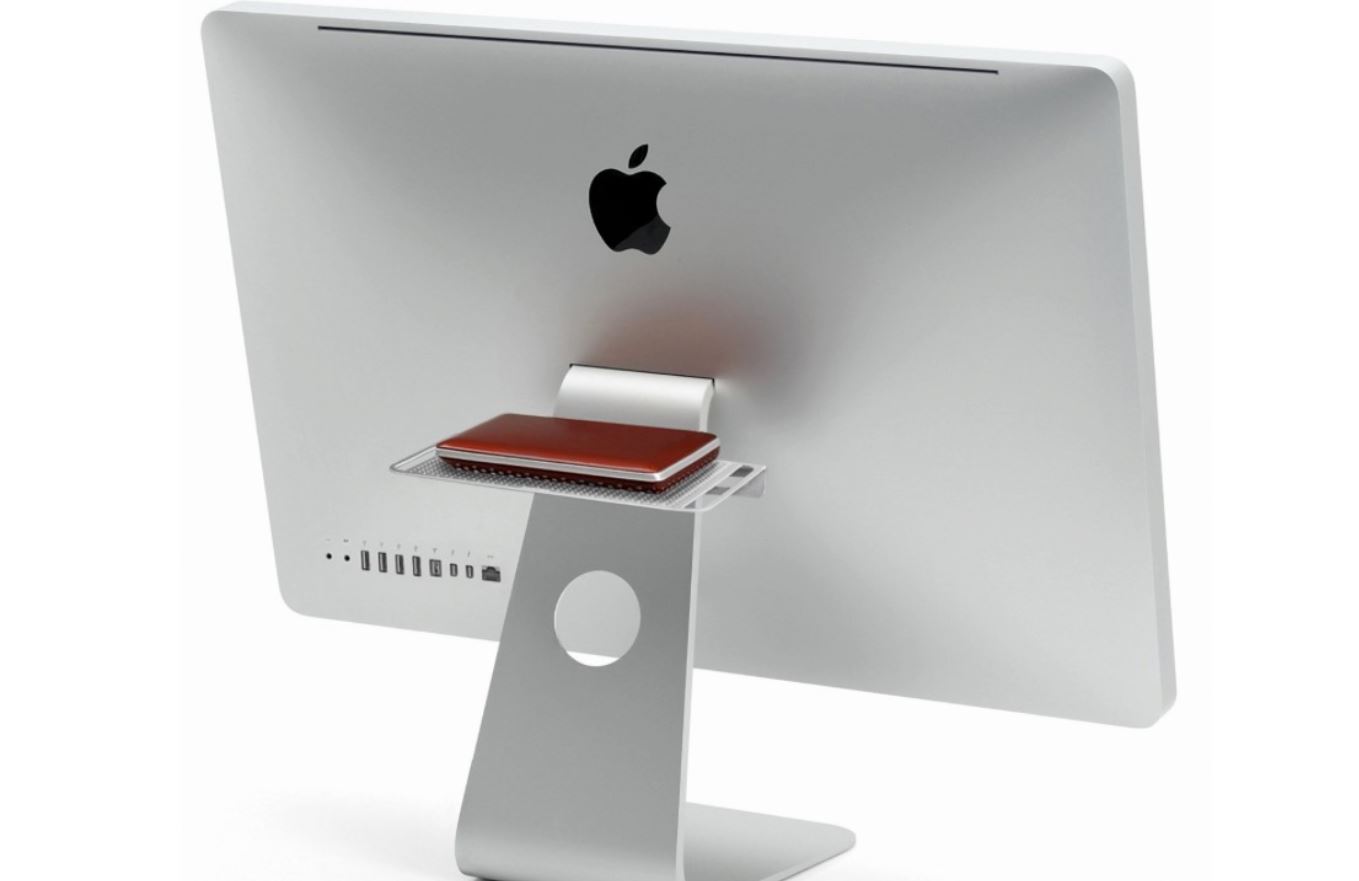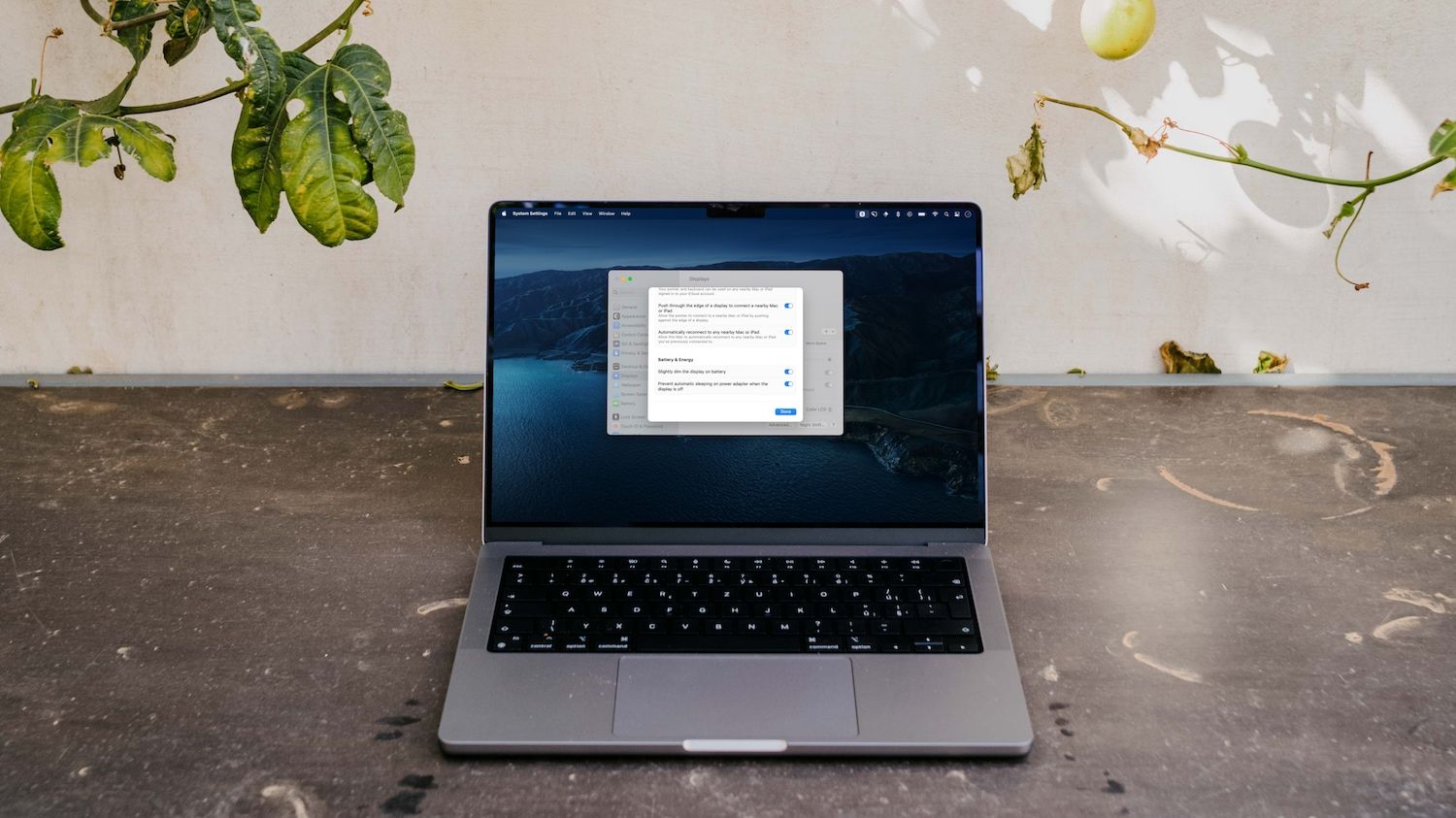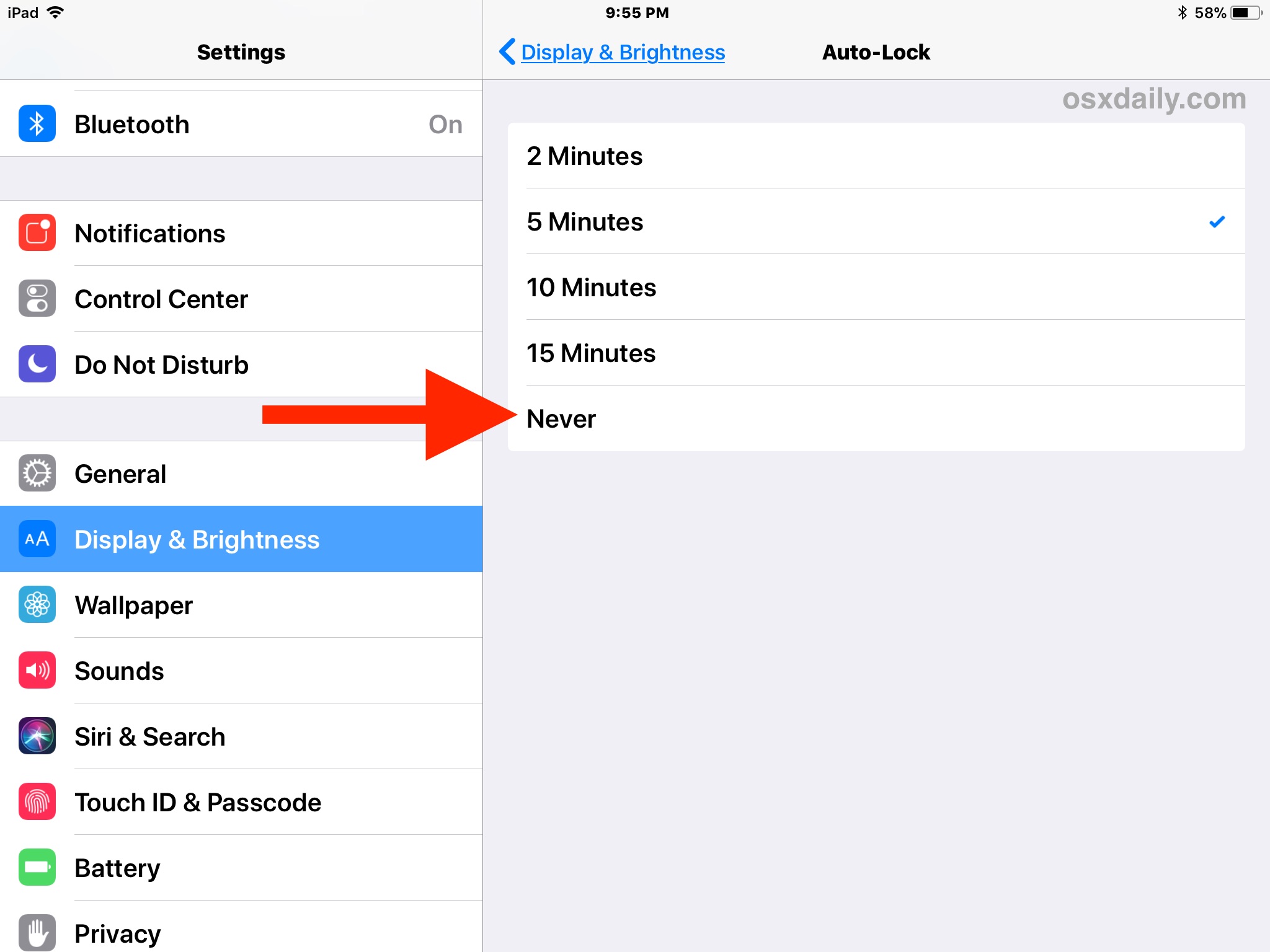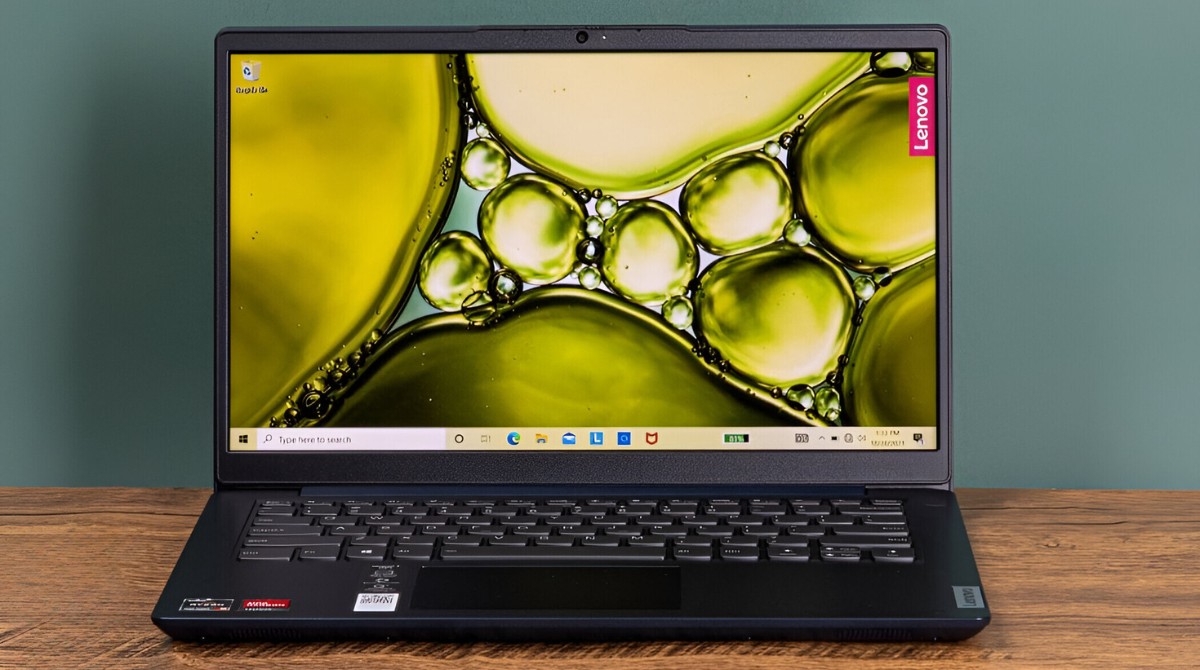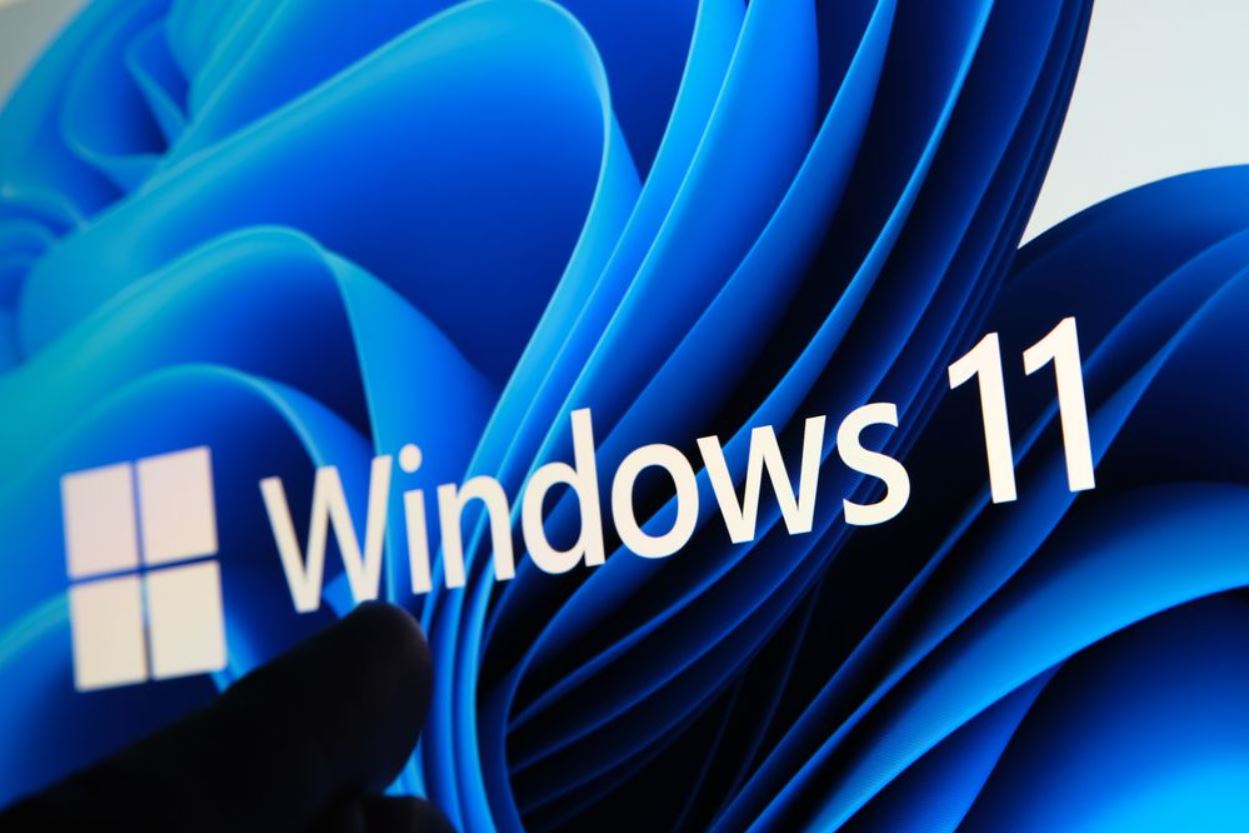Introduction
Welcome to the world of external hard drives, a convenient storage solution for your digital files. Whether you use it for backups, file transfers, or simply expanding your computer’s storage capacity, an external hard drive can be a valuable companion. However, you may have noticed that your external hard drive sometimes goes to sleep or enters a power-saving mode. This can be frustrating, especially when you need immediate access to your files.
In this article, we will explore the reasons behind your external hard drive’s auto-sleep feature and discuss why you might want to keep it awake. We will also provide you with several methods to prevent your external hard drive from going to sleep, allowing you to access your data whenever you need it.
While the auto-sleep feature on external hard drives is designed to save power and prolong the device’s lifespan, it can be a hindrance in certain situations. For instance, if you are working on a project or transferring a large file and the hard drive goes to sleep, it disrupts your workflow and slows down the process. Additionally, waking up an external hard drive from sleep mode can take a few seconds, which can be frustrating when you are in a rush.
Fortunately, there are various ways to keep your external hard drive awake and ensure uninterrupted access to your files. In the following sections, we will explore different methods that allow you to override or adjust the sleep settings of your external hard drive.
Why does an external hard drive go to sleep?
An external hard drive goes to sleep or enters a power-saving mode as a default setting to conserve energy and prolong its lifespan. This feature is designed to automatically put the hard drive into a low-power state after a certain period of inactivity. While this behavior is beneficial for reducing power consumption, it can sometimes be inconvenient when you need immediate access to your files.
The sleep mode of an external hard drive is usually triggered by a combination of factors, including time of inactivity, power settings of your computer, and the firmware of the hard drive itself. When your computer has not accessed the external hard drive for a specified length of time, the hard drive will enter sleep mode to save power and reduce wear and tear on its components.
While the exact time it takes for an external hard drive to go to sleep can vary depending on the manufacturer and model, it generally ranges from a few minutes to several hours of inactivity. Furthermore, some external hard drives may have a sleep mode that can be manually configured to suit your preferences.
It’s worth noting that the sleep mode of an external hard drive is different from the computer’s own sleep mode. Your computer going to sleep does not necessarily mean that your external hard drive will also go to sleep. These are separate settings that need to be configured independently.
Overall, the sleep mode of an external hard drive is a useful feature for saving energy and increasing its longevity. However, it may not always align with your immediate needs for file access. In the next section, we will explore why keeping your external hard drive awake can be beneficial in certain situations.
Why should you keep your external hard drive awake?
While the auto-sleep feature of an external hard drive is designed to conserve energy and prolong its lifespan, there are several reasons why you might want to keep it awake. Here are a few compelling reasons:
- Immediate access to files: When your external hard drive is awake, you can access your files instantly without any delay. This can be particularly important when you are working on time-sensitive projects or need to quickly retrieve important documents or media files.
- Smooth workflow: External hard drives going to sleep in the middle of a task can disrupt your workflow and cause delays. Keeping your hard drive awake ensures that you can seamlessly work on projects, transfer files, or perform backups without interruptions.
- Preventing data loss: In some cases, if the external hard drive goes to sleep while a file transfer is in progress, it can lead to data corruption or loss. By keeping the hard drive awake, you minimize the risk of file transfer errors and ensure the safety of your valuable data.
- Enhanced productivity: With your external hard drive awake and readily accessible, you can work more efficiently and improve your overall productivity. You won’t have to wait for the hard drive to wake up, and you can seamlessly switch between files and projects without any lag.
- Time-saving: Waking up an external hard drive from sleep mode can take a few seconds, which can add up if you frequently access your files. By keeping the hard drive awake, you save those precious seconds and reduce the time spent waiting for it to become responsive.
While there are advantages to keeping your external hard drive awake, it’s essential to balance this with the need for energy conservation and prolonging the hard drive’s lifespan. In the next sections, we will explore various methods you can use to keep your external hard drive awake while still maintaining an optimal power-saving balance.
How to keep your external hard drive awake?
If you want to prevent your external hard drive from going to sleep, there are several methods you can try. These methods allow you to override or modify the sleep settings of your hard drive. Let’s take a look at some of the most effective methods:
- Disable sleep mode in power settings: The simplest method is to disable the sleep mode for your external hard drive in your computer’s power settings. Open the Power Options menu in your operating system, locate the power plan settings, and modify the sleep settings to keep your external hard drive awake at all times.
- Modify advanced power settings: If the basic power settings do not provide an option to disable sleep mode for your external hard drive, you can navigate to the advanced power settings. Look for specific settings related to USB power or external hard drives and adjust them accordingly to prevent sleep mode.
- Use third-party software: There are third-party software options available that allow you to control the sleep settings specifically for your external hard drive. These software solutions provide more advanced customization options and may offer additional features like scheduling sleep times or manually activating sleep mode when desired.
- Regularly access the hard drive: One simple way to keep your external hard drive awake is by accessing it frequently. Open a file from the hard drive, transfer files back and forth, or run a disk utility tool periodically. These activities will ensure that the hard drive remains active and does not enter sleep mode due to inactivity.
- Use a USB hub or extension cable: Some external hard drives may go to sleep due to insufficient power supply from the USB port. Using a powered USB hub or a USB extension cable with an additional power source can provide a more consistent power supply, preventing the hard drive from going to sleep.
It’s important to note that the specific method to keep your external hard drive awake may vary depending on your operating system, hard drive model, and personal preferences. Explore these methods and find the one that works best for your specific setup.
By utilizing these methods, you can effectively keep your external hard drive awake and ensure uninterrupted access to your files whenever you need them.
Method 1: Disable sleep mode in power settings
One of the simplest methods to keep your external hard drive awake is to disable the sleep mode for the hard drive in your computer’s power settings. This method allows you to override the default settings and ensure that the hard drive remains awake at all times. Here’s how you can do it:
- Open the Power Options menu on your computer. The location of this menu may vary depending on your operating system. You can usually find it in the Control Panel or the System Preferences.
- Look for the power plan settings. There are usually different power plans available, such as Balanced, Power Saver, or High Performance.
- Select the power plan that is currently in use or that you want to modify.
- Click on the “Change advanced power settings” link. This will open a new window with more detailed power settings options.
- In the advanced power settings window, navigate to the settings related to hard disk or USB power. The options may be labeled differently depending on your operating system, but look for settings that control the sleep or idle time for external devices.
- Expand the settings related to the external hard drive, if available, and change the sleep or idle time to “Never” or a desired duration that suits your needs. This will ensure that the hard drive remains awake regardless of its activity level.
- Save the changes and exit the power settings window.
By following these steps, you have effectively disabled sleep mode for your external hard drive in the power settings of your computer. This means that the hard drive will remain awake and responsive, allowing you to access your files without any delays caused by sleep mode activation.
It’s important to note that disabling sleep mode for your external hard drive will increase its power consumption and may lead to slightly higher energy usage. However, this method provides a straightforward way to keep the hard drive awake if power consumption is not a major concern for your setup.
Now that you know how to disable sleep mode in power settings, you can ensure uninterrupted access to your files whenever you need them. However, if your power settings do not provide the option to disable sleep mode for your external hard drive, don’t worry. In the next section, we will explore an alternative method to modify advanced power settings and keep your hard drive awake.
Method 2: Modify advanced power settings
If the basic power settings on your computer do not provide an option to disable sleep mode for your external hard drive, you can try modifying the advanced power settings. This method allows for more granular control over the power settings and can help you keep your external hard drive awake. Here’s how you can do it:
- Open the Power Options menu in your operating system. This can usually be found in the Control Panel or the System Preferences.
- Select the power plan that you want to modify or that is currently in use.
- Click on the “Change advanced power settings” link. This will open a new window with more detailed power settings options.
- In the advanced power settings window, navigate to the settings related to USB power or external hard drives. The exact labels can vary depending on your operating system, but look for options that control the sleep or idle time for external devices.
- Expand the settings related to the external hard drive, if available. Look for specific settings that allow you to adjust the sleep or idle time for the hard drive.
- Modify the sleep or idle time to your desired duration or set it to “Never,” depending on your preferences. This will ensure that the external hard drive remains awake and does not go into sleep mode due to inactivity.
- Save the changes and exit the power settings window.
By customizing the advanced power settings, you have effectively modified the sleep mode behavior of your external hard drive. This method allows you to have more control over the power settings and fine-tune them to suit your specific needs.
It’s important to note that the options available in the advanced power settings can vary depending on your computer’s hardware, operating system, and other factors. Some computers may not provide detailed settings related to external hard drives or USB power. In such cases, this method may not be applicable, and you may need to explore alternative methods to keep your external hard drive awake.
Now that you know how to modify the advanced power settings, you can adjust the sleep mode behavior of your external hard drive according to your preferences. However, if modifying power settings doesn’t work for your setup, don’t worry. In the next section, we will explore the option of using third-party software to control sleep settings for your external hard drive.
Method 3: Use third-party software
If the default power settings on your computer do not provide the necessary options to prevent your external hard drive from going to sleep, you can consider using third-party software. There are several software solutions available that allow you to control the sleep settings specifically for your external hard drive. These software options offer more advanced customization options and may provide additional features as well. Here’s how you can use third-party software to keep your external hard drive awake:
- Research and identify reputable third-party software that is designed to control the sleep settings of external hard drives. Look for software that is compatible with your operating system and the make and model of your external hard drive.
- Download and install the selected third-party software on your computer.
- Run the software and navigate to the settings or preferences section. Look for options related to sleep mode, idle time, or power management for external hard drives.
- Adjust the settings according to your preferences. You may have the option to disable sleep mode entirely, set a specific idle time, or even schedule sleep times for your external hard drive.
- Save the changes or apply the settings within the third-party software.
- Leave the software running in the background while using your computer. It will monitor and control the sleep settings of your external hard drive, keeping it awake as per your configuration.
Using third-party software gives you more flexibility and control over the sleep settings of your external hard drive. You can tailor the settings to suit your specific needs, whether you want to disable sleep mode completely or adjust the idle time to a duration that works for you.
It’s important to note that third-party software options may have varying features and user interfaces. Some software solutions may be free, while others may require a purchase or subscription. Make sure to choose a reputable software provider and read user reviews to ensure its compatibility and reliability.
Now that you know how to use third-party software to control sleep settings for your external hard drive, you can have more control over its sleep behavior. However, if third-party software is not a viable option for you, don’t worry. In the next section, we will explore a simple yet effective method that involves regularly accessing your external hard drive.
Method 4: Regularly access the hard drive
One simple and effective method to keep your external hard drive awake is to regularly access it. By actively using the hard drive and engaging in file transfers or other activities, you can prevent it from going into sleep mode due to inactivity. Here’s how you can implement this method:
- Create a habit of actively accessing your external hard drive. This can include opening files, copying or moving files to and from the hard drive, or running disk utility tools.
- If you have specific folders or files that you frequently use, consider creating shortcuts on your desktop or adding them to your quick access toolbar. This allows for quick and effortless access to your files and encourages regular interaction with the hard drive.
- Schedule periodic activities involving the external hard drive. This can be as simple as performing a file transfer or backup routine every day or every few hours, depending on your usage pattern.
- Whenever you are done using your computer or stepping away for an extended period, make it a habit to close any open files or applications that utilize the external hard drive. This ensures that the hard drive has a chance to enter sleep mode during your absence, conserving energy and reducing wear and tear.
Regularly accessing your external hard drive keeps it awake and prevents it from going into sleep mode. By consistently engaging with your files and performing activities on the hard drive, you maintain an active connection and ensure immediate access whenever you need it.
It’s important to note that while this method is effective, it may not be suitable for all scenarios. If you have long periods of inactivity or if you use the external hard drive infrequently, this method may not be as effective in keeping it awake.
Now that you know the benefits of regularly accessing your external hard drive, you can incorporate this method into your routine to ensure its continuous availability. However, if you find that regular access is not feasible or convenient for your workflow, there is one more method that you can try. In the next section, we will explore using a USB hub or extension cable to keep your external hard drive awake.
Method 5: Use a USB hub or extension cable
If your external hard drive goes to sleep due to insufficient power supply from the USB port, using a USB hub or extension cable with an additional power source can help keep it awake. This method ensures that the hard drive receives a consistent power supply, preventing it from entering sleep mode. Here’s how you can implement this method:
- Purchase a powered USB hub or a USB extension cable with an additional power source. These devices provide extra power to the connected USB devices, ensuring a more stable and consistent power supply.
- Connect your external hard drive to the powered USB hub or extension cable. Make sure to use a USB cable provided with the external hard drive, as it is specifically designed for optimal performance.
- Connect the powered USB hub or extension cable to your computer’s USB port or an available power outlet, depending on the device’s power source requirements.
- Ensure that the powered USB hub or extension cable is turned on or connected to a power source if applicable.
- With the external hard drive connected through the powered USB hub or extension cable, it will receive a more consistent power supply, reducing the likelihood of it going into sleep mode due to power issues.
Using a powered USB hub or extension cable can provide a solution if your external hard drive goes to sleep because of inadequate power supply. By ensuring a stable power connection, you can keep the hard drive awake and readily accessible whenever you need it.
It’s important to note that not all external hard drives may experience power-related sleep issues. This method is particularly useful for hard drives that require more power or when using older USB ports that may not provide enough power output.
Now that you know how to use a USB hub or extension cable to keep your external hard drive awake, you can ensure uninterrupted access to your files. However, it’s crucial to choose a reliable and compatible device to prevent any potential issues with power supply and data transfer.
Conclusion
Keeping your external hard drive awake can greatly improve your workflow and productivity, ensuring immediate access to your files without any delays. While the sleep mode feature of external hard drives is designed to conserve energy and extend their lifespan, it may not always align with your immediate needs for file access.
In this article, we discussed various methods to keep your external hard drive awake. By disabling sleep mode in power settings or modifying advanced power settings, you can override the default sleep behavior and ensure that your hard drive remains awake. Additionally, using third-party software allows for more advanced customization options. Regularly accessing your hard drive and using a USB hub or extension cable with additional power can also keep the hard drive awake.
It’s important to find the method that works best for your specific setup and preferences. Consider the trade-off between power consumption and immediate file access when choosing the most suitable method for your needs.
Remember, while keeping your external hard drive awake can be beneficial, it’s essential to balance this with energy conservation and the hard drive’s longevity. Be mindful of your power consumption and make adjustments accordingly.
Now that you’re aware of these methods, you can effectively keep your external hard drive awake and ensure uninterrupted access to your important files. Incorporate the method that suits your situation, and enjoy the convenience of a continuously accessible external hard drive.







